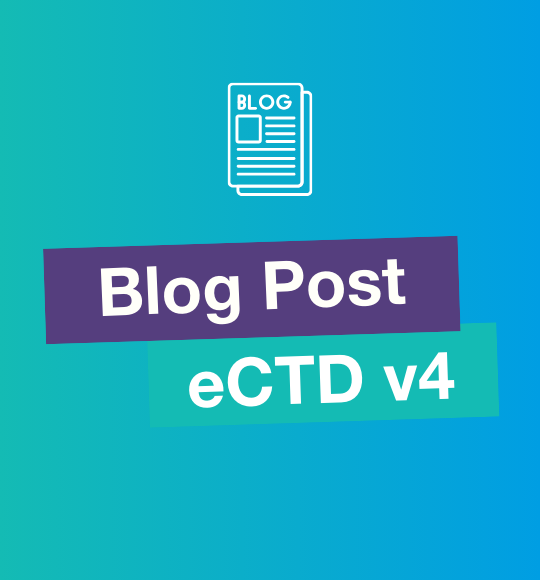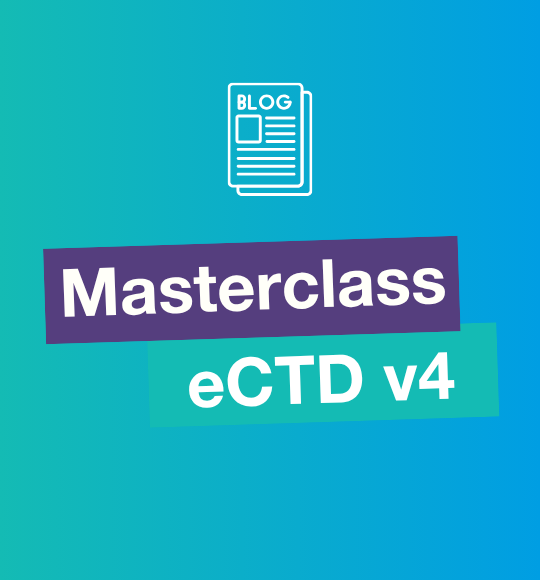Who has to use the ISO ICSR format?
Simply put, all organizations and entities in the pharmaceutical, life sciences, and similar industries that operate with licensed products in Europe must use the new standard format.
The latest meeting of EMA’s Management Board agreed that organizations and entities who report to EudraVigilance, the European database of suspected side effects with medicines authorized in the European Economic Area, will be obligated to the mandatory use of the ISO ICSR format.
What’s new with the E2B(R3)?
The aim of the new format will be to improve the quality of data collected and support the ability to search and analyze that data to find common trends and issues. This will help regulatory authorities and companies detect and address safety issues with medicines that are for public use.
The new format includes changes to the message format, including but not limited to:
- Data structure
- Data elements
- Sender’s comments
- Sender’s diagnosis
- Free text for more information available
- Seriousness criteria at the event level
- Assessment of relatedness of drug to reaction(s)/event(s)
How Should Organizations Prepare?
ISO ICSR will impact your pharmacovigilance SOPs as well as your Pharmacovigilance System Master File. In addition to this, the surrounding processes in Regulatory Affairs, for example, would also need to be assessed. The new standards in E2B(R3) include not just a technology change but an organizational process change as well. Organizations need to have a plan in place to manage their journey toward E2B(R3) compliance. As such, biopharma organizations should review the capabilities of their current systems as part of their implementation plan so as to follow E2B(R3) guidelines. These changes will affect the SOPs and all other related procedural documents and will also require the training of all involved personnel in the process.
A guide, which was developed by EMA and the Heads of Medicines Agencies, was published in 2015 to assist organizations in the EU in preparing for the new standard. It also guides software providers and IT developers to the best practices in developing pharmacovigilance and safety databases. You can find the guide here.
Be E2B(R3) Ready!
Failing to maintain pharmacovigilance data can result in legal penalties and offenses. However, it can be a complicated and costly process that ultimately contributes little to the bottom line. That’s why organizations should find the most cost-effective yet reliable solution to minimize pharmacovigilance costs in preparation for E2B(R3).
The best way organizations can be E2B(R3) ready before 2022 is to use EXTEDO’s SafetyEasy PV, the most cost-effective solution for effortless E2B(R3) drug safety compliance. SafetyEasy PV is not only completely prepared for R3 but can also ensure compliance, readily monitor deadlines and activities, and is easy to use with minimal training effort.
If you would like to be E2B(R3) ready the easy way, request a free demo of SafetyEasy PV here, or contact EXTEDO for more information.

.png)


